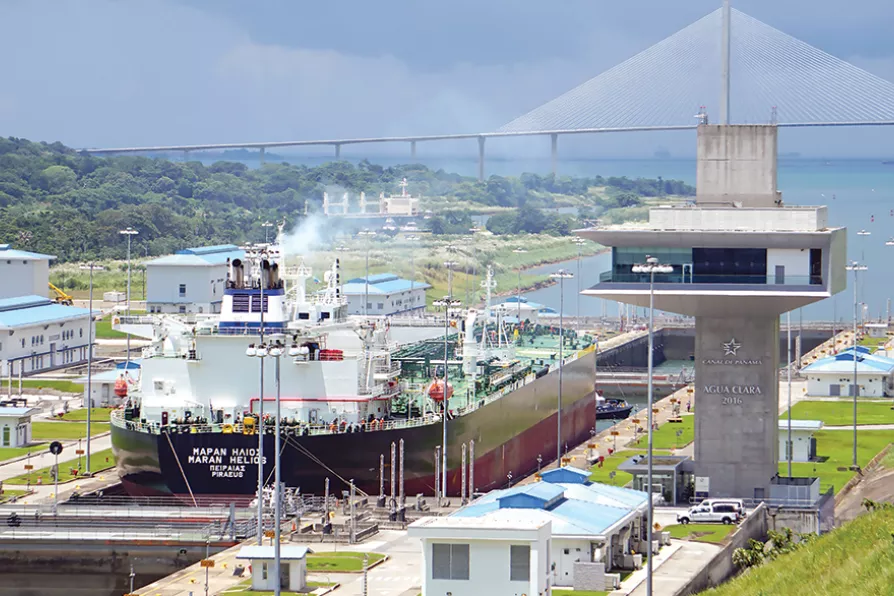After years hidden away, Oldham’s memorial to six local volunteers who died fighting fascism in the Spanish civil war has been restored to public view, marking both a victory for campaigners and a renewed tribute to the town’s proud International Brigade heritage, says ROB HARGREAVES

 MORE THAN A WATERWAY: The Agua Clara (Clear Water) locks on Gatun Lake, Panama Canal in September 2019
[Mariordo (Mario Roberto Duran Ortiz)/CC]
MORE THAN A WATERWAY: The Agua Clara (Clear Water) locks on Gatun Lake, Panama Canal in September 2019
[Mariordo (Mario Roberto Duran Ortiz)/CC]
IN today’s modern, globalised world, we often take for granted that many of the commodities we use in daily life begin as raw materials thousands of miles away. These raw materials require extraction, assembly and, crucially, transportation before they are placed on the consumer market to be sold.
Marx’s second volume of Capital emphasises the importance of circulation as an essential feature possessed by capital: “Capital as self-expanding value embraces not only class relations... It is a movement, a circulatory process going through various stages.”
Globalisation has meant that transportation of capital in the commodity-form is something that occurs on a worldwide scale. Key to the transport of commodities (everything from computers to clothes to petrol) are global shipping routes.
The Panama Canal is an artificial waterway created through the narrow strip of land in Central America that separates the Pacific Ocean from the Caribbean Sea. It is an essential conduit for maritime trade, meaning that ships can circumvent the long and dangerous route around the southernmost tip of South America when travelling from the Pacific Ocean to the Atlantic Ocean.














